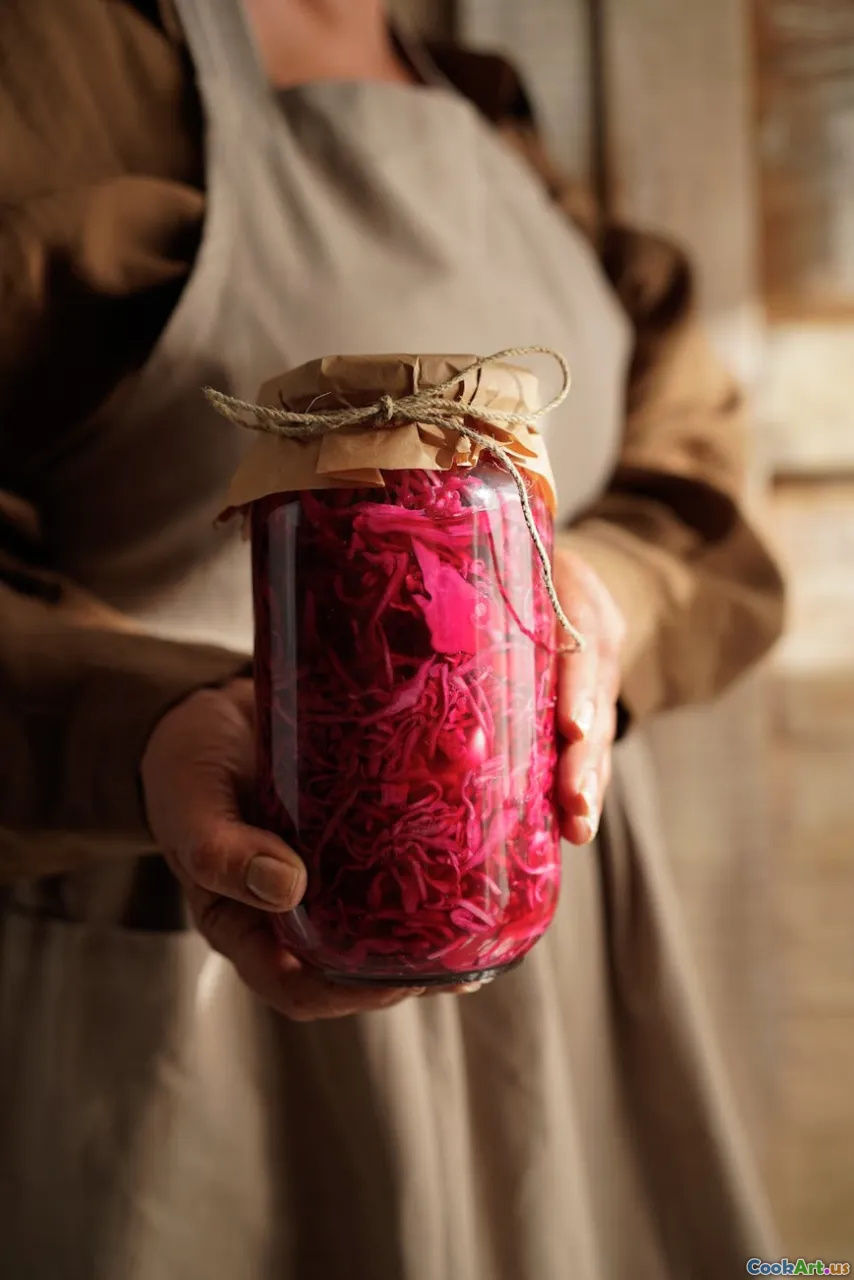The Art of Pickling at Home
6 min read Master the art of pickling at home with tips, techniques, and ingredient recommendations for delicious preserved foods. April 05, 2025 16:45
The Art of Pickling at Home
Pickling is not merely a method of preservation; it’s an ancient art form that transforms ordinary ingredients into flavorful masterpieces. Whether you’re aiming to enhance your culinary repertoire or simply preserve seasonal bounty, mastering the art of pickling at home can be both rewarding and delicious.
What is Pickling?
Pickling is the process of preserving food in an acidic solution, typically vinegar, or through fermentation in brine. This technique not only extends the shelf life of fruits and vegetables but also imbues them with unique flavors and textures. From cucumbers to carrots, the possibilities for pickling are endless.
The Benefits of Pickling
- Flavor Enhancement: Pickling can intensify the natural flavors of ingredients, adding a tangy zest that can elevate any dish.
- Nutritional Value: Fermented pickles are rich in probiotics, which are beneficial for gut health. They can aid digestion and bolster the immune system.
- Waste Reduction: Pickling is a great way to reduce food waste by preserving surplus produce that might otherwise spoil.
- Culinary Versatility: Pickled foods can be used in salads, sandwiches, as garnishes, or simply enjoyed as snacks.
Essential Ingredients for Pickling
When it comes to pickling, the ingredients you choose can make all the difference. Here are some essentials:
- Vegetables and Fruits: Common choices include cucumbers, carrots, radishes, onions, and fruits like peaches and cherries. Choose fresh, seasonal produce for the best results.
- Brine: A basic brine consists of water, vinegar, and salt. The ratio of these ingredients can vary based on personal preference and the type of pickling you’re doing (quick pickling vs. fermentation).
- Spices and Herbs: Adding spices such as dill, mustard seeds, coriander, and bay leaves can create complex flavor profiles. Fresh herbs can also enhance the taste.
Pickling Methods
1. Quick Pickling
Quick pickling is a straightforward method that doesn’t require extensive preparation. Here’s a simple recipe:
Ingredients:
- 4 cups of sliced cucumbers
- 1 cup of vinegar (white or apple cider)
- 1 cup of water
- 1/4 cup of sugar
- 2 tablespoons of salt
- 1 tablespoon of dill seeds
Instructions:
- In a saucepan, combine vinegar, water, sugar, and salt. Bring to a boil until dissolved.
- Place sliced cucumbers in a jar and add dill seeds.
- Pour the hot brine over the cucumbers and seal the jar.
- Let it cool before refrigerating. They’ll be ready to enjoy in a few hours!
2. Fermented Pickling
Fermented pickles require a longer process but offer a unique sour flavor and probiotic benefits. Here’s a basic recipe:
Ingredients:
- 4 cups of whole cucumbers
- 1 tablespoon of salt (non-iodized)
- 1 tablespoon of dill
- 4 cups of water (filtered)
Instructions:
- Dissolve salt in water to create a brine.
- Place cucumbers and dill in a jar, then pour brine over them.
- Use a weight to keep cucumbers submerged and cover with a cloth.
- Store in a cool, dark place for 1-4 weeks, tasting periodically until they reach your desired sourness.
Tips for Successful Pickling
- Use Fresh Ingredients: The fresher the produce, the better the final product.
- Experiment with Flavors: Don’t be afraid to try different spices, sugars, or vinegars to customize your pickles.
- Store Properly: Ensure jars are sterilized and seal them tightly. Refrigerate quick pickles and store fermented ones in a cool place.
- Label Your Jars: Keep track of what you’ve made and when, as pickles can vary in flavor over time.
Conclusion
Pickling at home is a delightful culinary adventure that allows you to explore flavors and techniques while preserving the bounty of your kitchen. With a few simple ingredients and methods, you can create delicious pickled items that complement any meal. So roll up your sleeves, gather your ingredients, and start your pickling journey today!









